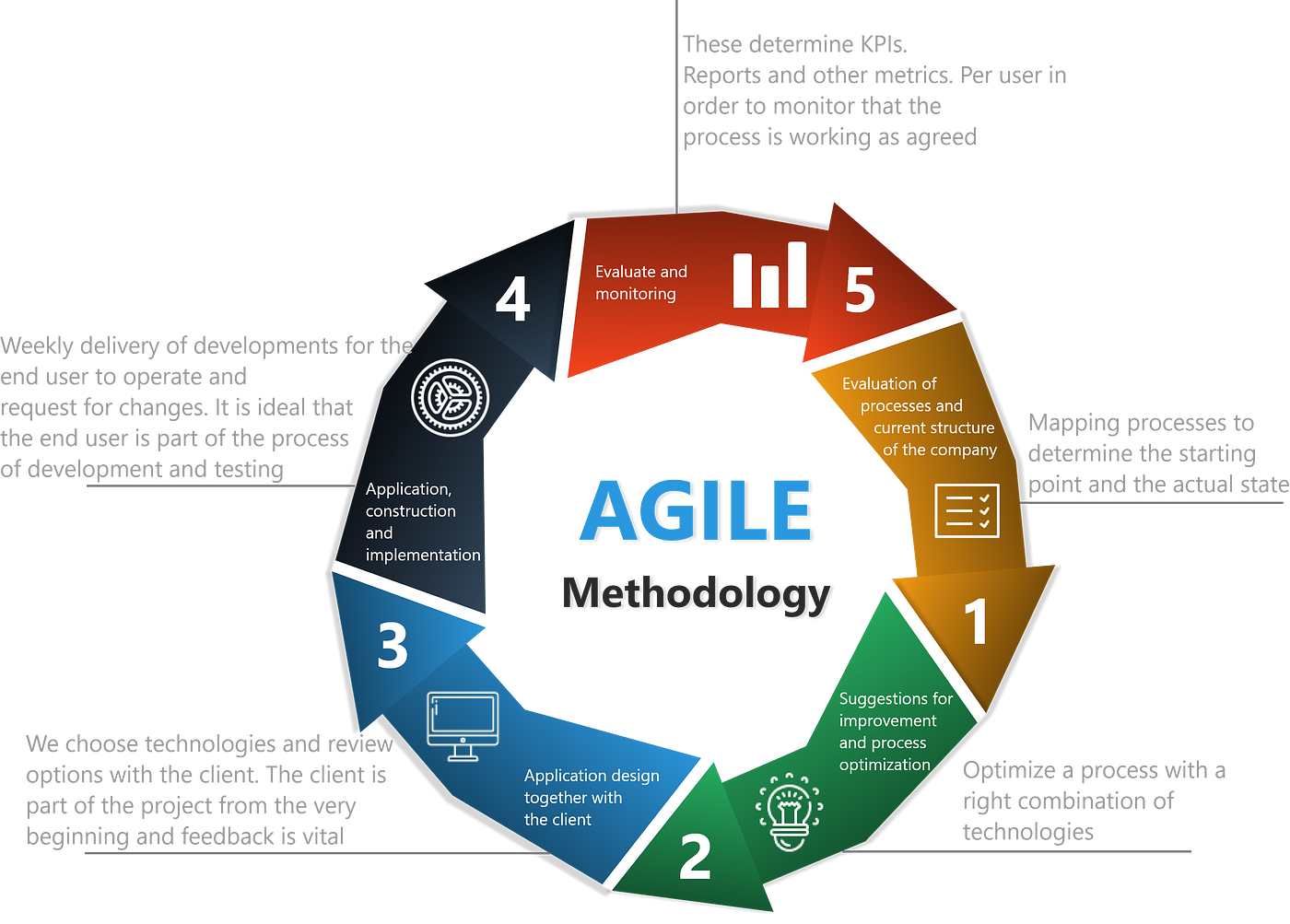The Essential Role of QA in Sprint Planning
In Agile project management, sprint planning is a key phase where the foundations of the upcoming work are laid down. While developers and project managers are commonly seen as the main players in these meetings, integrating the Quality Assurance (QA) team into the sprint planning process is crucial for a successful outcome. Here’s a deeper look at why involving QA right from the start can make a significant difference.
The Necessity of QA in Sprint Planning
QA team members are often seen as the last line of defense against bugs and issues slipping through to the final product. However, their role shouldn’t just be reactive (finding problems after they occur); it should also be proactive (preventing issues before they happen). Including QA in sprint planning allows for this proactive approach.
8 Reasons to Involve QA in Sprint Planning
1. Accurate Time Estimates
QA can provide insights into how long testing will take, which is critical for setting realistic deadlines. By being part of the sprint planning, they can inform the team if the workload is too heavy or if timelines need adjusting, helping to prevent burnout and rushed jobs that compromise quality.
2. Clarification of Requirements
QA specialists have a keen eye for detail and can pinpoint ambiguities in feature descriptions that others might overlook. Their input during sprint planning ensures that requirements are clear and complete, which reduces the need for revisions and accelerates the development process.
3. Defining Acceptance Criteria
Help define and refine acceptance criteria for each user story to ensure they are specific, measurable, achievable, relevant, and time-bound (SMART). Suggest additional criteria based on potential risk areas or previous bugs encountered in similar scenarios.
4. Preparation for Effective Testing
Being involved from the start gives QA time to develop comprehensive test plans and strategies. They can identify potential risks and prepare test cases in advance, which leads to more thorough testing and a higher quality product.
5. Strategic Test Coverage
QA’s understanding of technical requirements and user behavior allows them to plan which devices and browsers should be prioritized for testing. This ensures that the product performs well across all intended platforms, enhancing user satisfaction and reducing post-launch fixes.
6. Prioritization and Risk Management
QA can advise on which features are crucial and which can be postponed if needed, based on their understanding of the product’s risk areas and critical functionalities. This helps in making informed decisions about what to focus on during a sprint, ensuring that essential work is completed on time.
7. Improving Team Collaboration
When QA is involved in sprint planning, there’s a better flow of communication between developers and testers. This collaboration leads to a deeper understanding of the project goals and challenges among team members, fostering a more cohesive team environment.
8. Feedback Improvement
Early QA involvement allows for quicker feedback on issues, enabling timely adjustments during the sprint before they become costlier to fix. This continuous loop of feedback and improvement is essential for Agile methodologies, where adaptability and quick pivots are key.
Conclusion
Involving QA in the sprint planning phase isn’t just a good practice—it’s essential for the success and effectiveness of Agile projects. By integrating QA early in the sprint planning phase, teams benefit from more precise planning and clearer communication, alongside proactive risk management. This early involvement ensures a higher quality end product. QA’s insights help streamline the development process and enhance the outcome of the sprint, establishing QA as an essential component of the Agile team.

